Essential Guide to Septic Inspection Requirements and Regulations
Learn about septic inspection requirements and regulations, key components, local rules, and maintenance tips to ensure system efficiency and longevity.
Septic inspections are critical for maintaining a healthy and efficient wastewater system. This article delves into the specific requirements and regulations surrounding septic system inspections, providing practical insights for homeowners and property managers.
Key Takeaway
Septic inspections play a crucial role in ensuring the longevity and efficiency of your wastewater system. Key aspects include regular maintenance schedules, understanding local regulations, and knowing what inspectors look for.
What Is A Septic Inspection?
A septic inspection is a thorough examination of a septic system to determine its condition and functionality. These inspections are essential for identifying any issues that could lead to costly repairs or environmental damage. Inspectors typically look at the tank, pipes, drain field, and other system components.
Why Are Septic Inspections Important?
Septic inspections help identify problems before they become serious. By catching issues early, you can avoid expensive repairs and ensure the system operates efficiently. Regular inspections also help extend the lifespan of your septic system, saving you money in the long run.
Key Components Of A Septic Inspection
1. Tank Inspection
Inspectors will check the septic tank for signs of damage, leaks, or overflow. They will also measure the sludge and scum levels to determine if the tank needs pumping.
2. Pipe Examination
The pipes connecting the septic tank to the drain field are inspected for blockages, leaks, or damage. Proper flow through these pipes is crucial for system efficiency.
3. Drain Field Evaluation
The drain field is examined for signs of saturation or failure. Inspectors look for wet spots, unusual plant growth, or foul odors, which can indicate a problem.
4. System Maintenance Records
Inspectors will review maintenance records to ensure the system has been properly maintained. This includes checking for regular pumping and other upkeep activities.
Common Septic Inspection Requirements
Local Regulations
Different areas have specific regulations concerning septic inspections. These can include inspection frequency, required documentation, and approved inspection methods.
Frequency Of Inspections
Generally, septic systems should be inspected every three to five years. However, some local regulations may require more frequent inspections, especially for larger systems or those in environmentally sensitive areas.
Inspection Documentation
Inspectors often need to provide detailed reports of their findings. This includes photographs, measurements, and recommendations for any necessary repairs or maintenance.
| Component | What Inspectors Look For | Common Issues |
|---|---|---|
| Tank | Cracks, leaks, sludge and scum levels | Tank overflow, structural damage |
| Pipes | Blockages, leaks, flow efficiency | Pipe deterioration, clogs |
| Drain Field | Surface saturation, plant growth | Field failure, bad odors |
| Maintenance Records | Regular pumping, past repairs | Inconsistent maintenance |
Understanding Local Septic Regulations
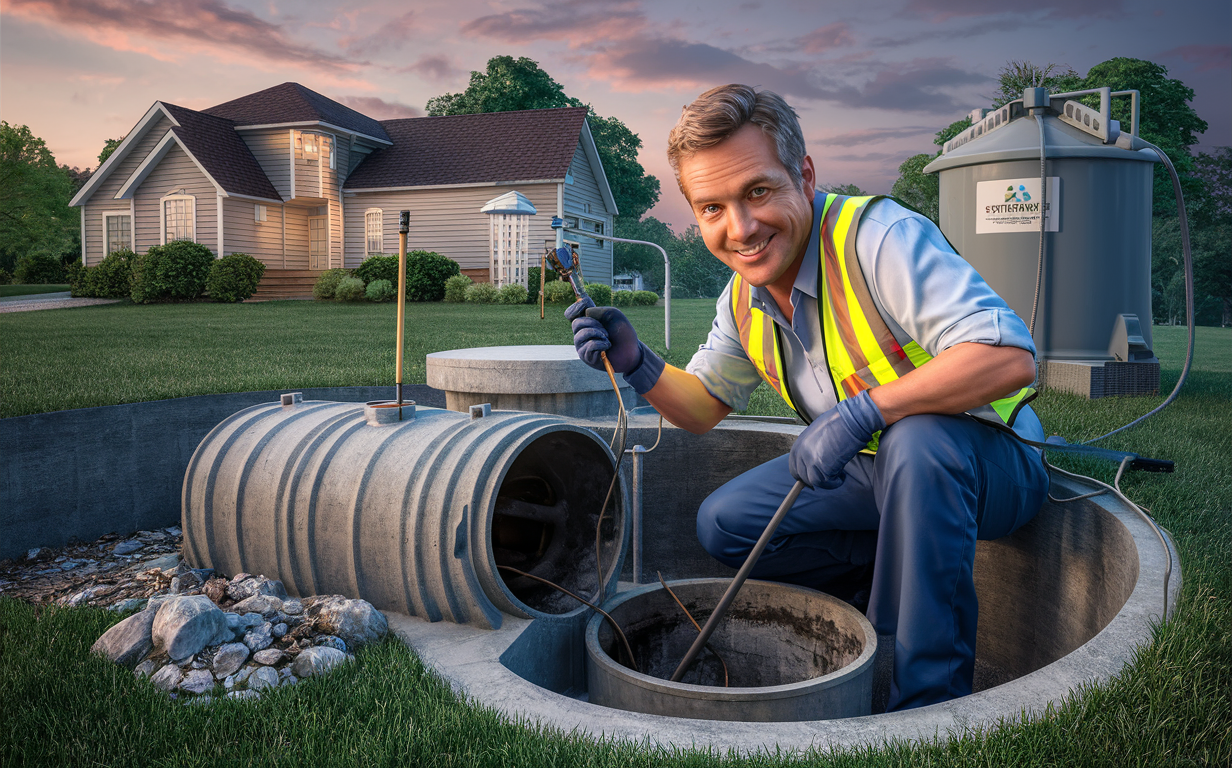
Local regulations can significantly impact septic inspection requirements. It’s crucial to understand these rules to ensure compliance and avoid any legal issues.
Permitting Requirements
In many areas, a permit is required before performing a septic inspection. This ensures that only qualified professionals conduct inspections, maintaining the integrity of the process.
Inspection Standards
Local regulations often outline specific standards that inspections must meet. This can include the use of particular tools, methods, and reporting procedures to ensure thorough and accurate assessments.
Reporting And Record-Keeping
Proper documentation is vital for compliance with local regulations. Inspectors must provide detailed reports, and homeowners should keep records of all inspections and maintenance activities.
Hiring A Qualified Septic Inspector

Certification And Training
Ensure the inspector is certified and has undergone proper training. This guarantees they have the knowledge and skills needed to perform accurate inspections.
Experience And References
Look for inspectors with years of experience and positive references. This can provide peace of mind that they are capable of identifying and addressing any issues.
Service Area Familiarity
Choose an inspector familiar with local regulations and conditions. This ensures they can navigate any specific requirements and environmental factors relevant to your area.
Preparing For A Septic Inspection

Clear Access To The System
Make sure the septic tank and other components are accessible. Remove any obstacles that might hinder the inspection process.
Gather Maintenance Records
Have all maintenance records ready for review. This includes past inspection reports, pumping schedules, and any repairs that have been done.
Informing The Inspector
Provide the inspector with any known issues or concerns. This helps them focus their inspection and address specific problem areas.
What To Expect During A Septic Inspection

Initial Consultation
The inspector will discuss the inspection process and any specific concerns you might have. They will also review your maintenance records.
Physical Inspection
The inspector will examine the septic tank, pipes, and drain field. They will look for signs of damage, blockages, and overall system health.
Detailed Report
After the inspection, you will receive a detailed report of the findings. This includes any identified issues, recommendations for repairs or maintenance, and a timeline for addressing these concerns.
| Step | Description |
|---|---|
| Initial Consultation | Discuss the inspection process, review maintenance records, and address concerns |
| Physical Inspection | Examine tank, pipes, and drain field for signs of damage or blockages |
| Detailed Report | Provide findings, recommendations, and timeline for addressing issues |
Common Issues Identified In Septic Inspections
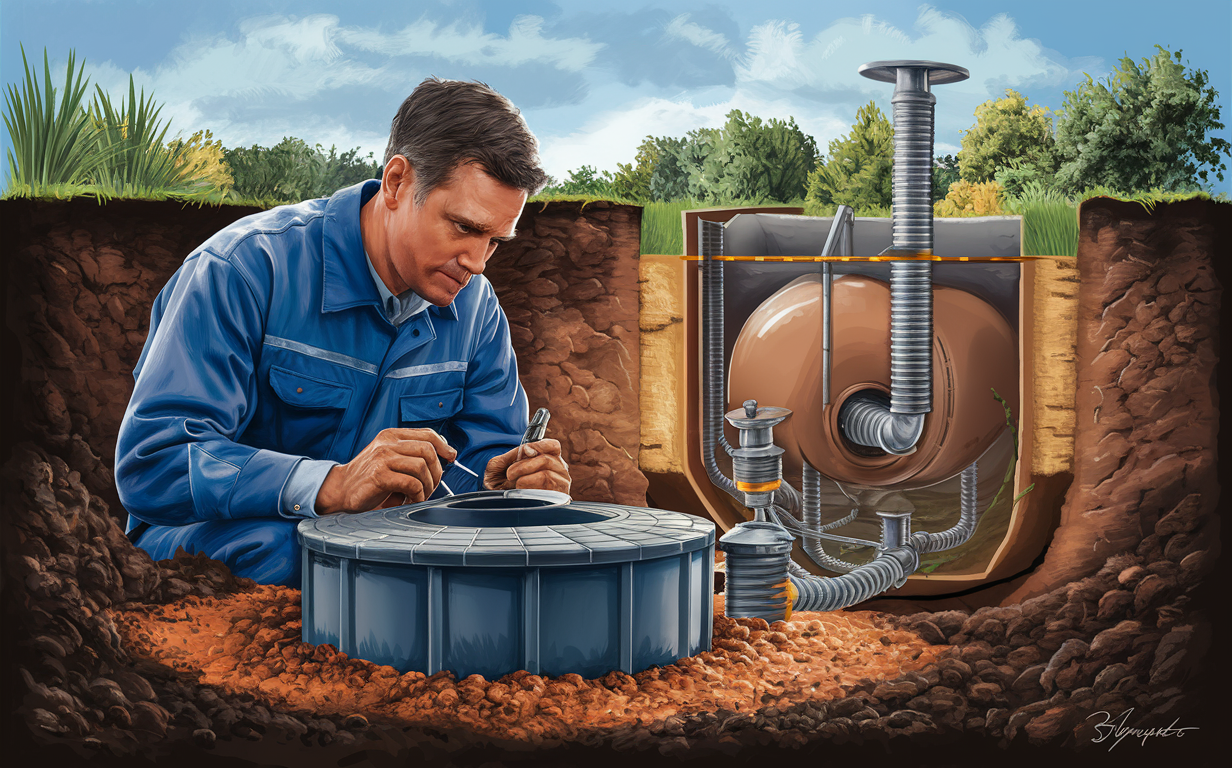
Tank Overflow
One common issue is tank overflow, which can occur if the tank is not pumped regularly. This can lead to backups and environmental contamination.
Pipe Blockages
Blockages in the pipes can prevent proper flow from the tank to the drain field. This can cause backups and reduce system efficiency.
Drain Field Failure
A failing drain field can lead to surface saturation, foul odors, and system failure. This often requires significant repairs or replacement.
Cost Of Septic Inspections
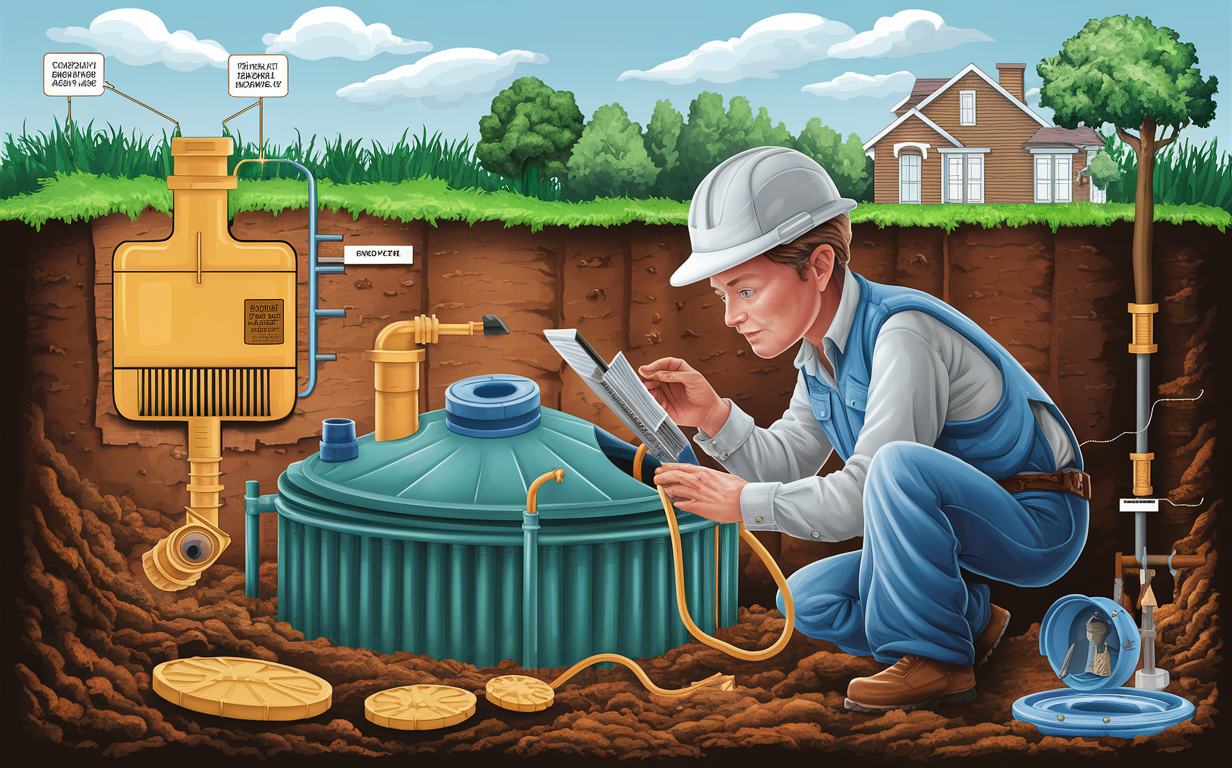
Inspection Fees
The cost of a septic inspection can vary based on location, system size, and inspector qualifications. On average, expect to pay between $300 and $500 for a thorough inspection.
Additional Costs
Additional costs can include permits, repairs, and maintenance recommended during the inspection. It’s important to budget for these potential expenses.
Maintaining Your Septic System Between Inspections
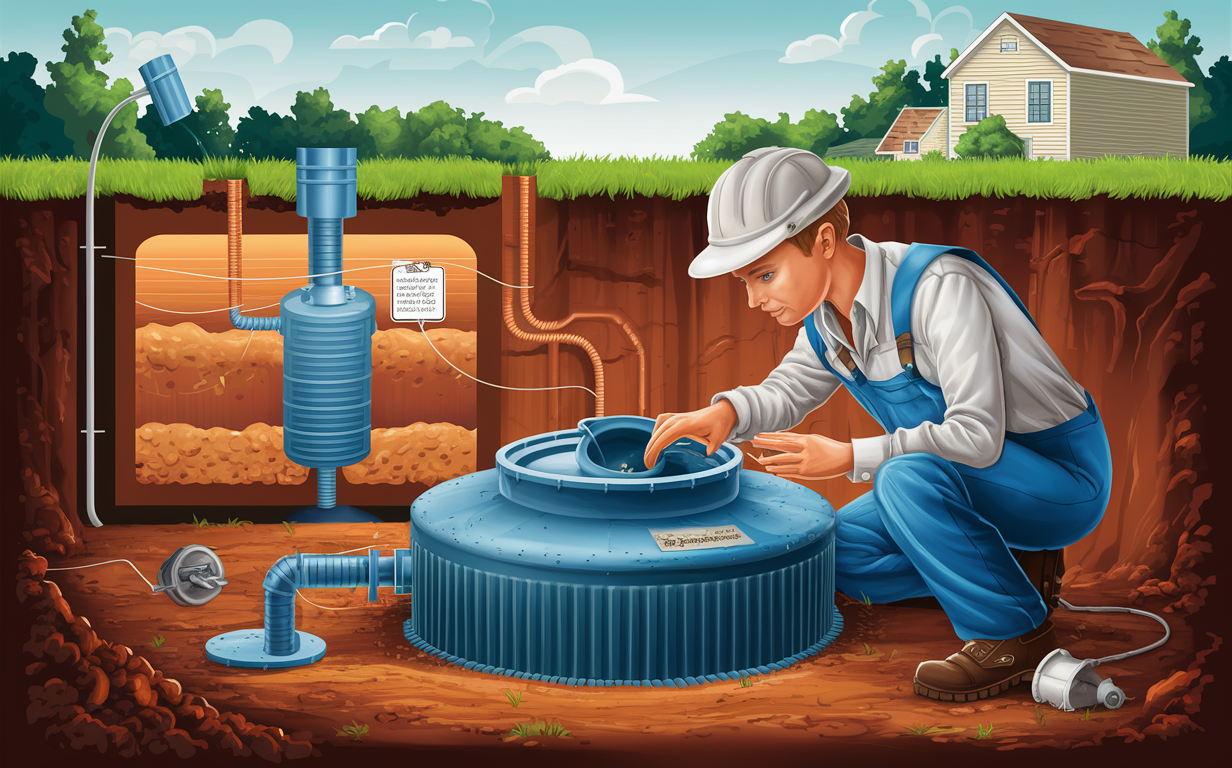
Regular Pumping
Regular pumping is crucial for system health. Follow the recommended schedule based on your system size and usage.
Proper Waste Disposal
Be mindful of what you flush or pour down the drain. Avoid disposing of non-biodegradable items, grease, and chemicals that can harm your system.
Landscaping Considerations
Avoid planting trees or shrubs near your septic system, as roots can damage pipes and the tank. Keep the area clear to prevent issues.
Water Conservation
Conserving water can reduce the strain on your septic system. Fix leaks, use water-efficient fixtures, and avoid excessive water use.
Why Understanding Septic Inspection Requirements And Regulations Is Crucial?
- Septic inspections are required: In the United States, septic inspections are typically required when buying or selling a property with a septic system. According to the National Association of Realtors (NAR), about 20% of homes in the U.S. rely on septic systems, making this a common issue for real estate transactions (Source).
- Frequency of inspections: The Environmental Protection Agency (EPA) recommends septic tank inspections every three years in areas with a high water table, sandy soil, or a large household size. In areas with normal soil conditions and small households, inspections may only be needed every five years (Source).
- Cost of inspections: The cost of a septic inspection can vary widely depending on location and the size and complexity of the system. The average cost in the U.S. is around $300, but prices can range from $100 to $1,000 or more (Source).
- Regulations by state: Septic inspection requirements and regulations can vary significantly from one state to another. For example, in Florida, all septic systems must be inspected every five years, while in California, there are no state-mandated inspection requirements (Source).
Key Points To Remember

- Regular Inspections: Schedule inspections every three to five years, or as required by local regulations.
- Qualified Inspectors: Hire certified and experienced inspectors familiar with your local area.
- Maintenance Records: Keep detailed records of all inspections and maintenance activities.
- Proper Usage: Follow best practices for waste disposal and water conservation to maintain system health.
- Address Issues Promptly: Fix any identified issues promptly to prevent further damage and costly repairs.
Conclusion
Understanding septic inspection requirements and regulations is essential for maintaining a healthy and efficient system. Regular inspections, proper maintenance, and adherence to local regulations can help you avoid costly repairs and extend the lifespan of your septic system.
Remember: A well-maintained septic system not only protects your property but also contributes to environmental health. Make sure to schedule your next inspection with a qualified professional to keep your system running smoothly.
By staying informed and proactive, you can ensure your septic system remains in top condition, providing reliable service for years to come. Call us today at (817) 889-4007 or schedule a service from our trusted experts.


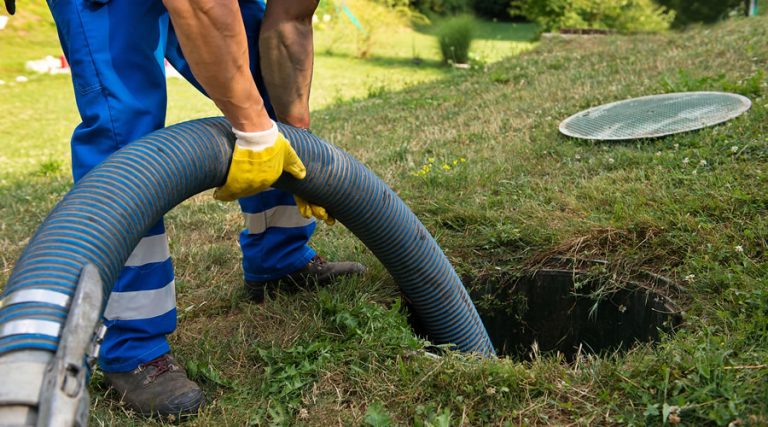
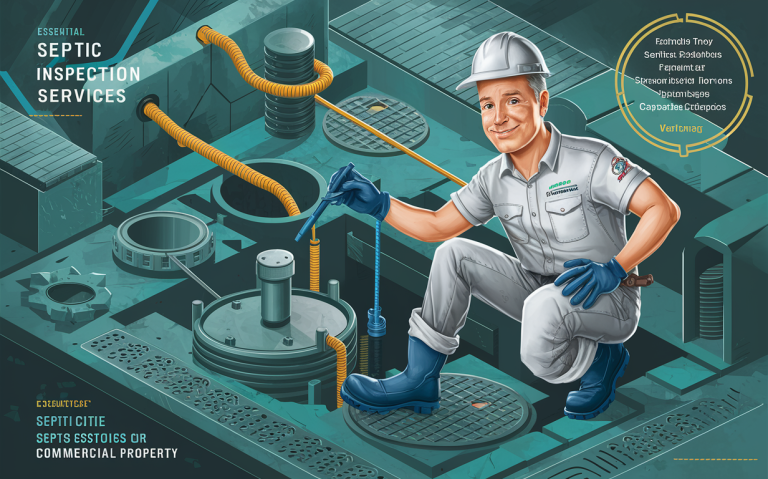
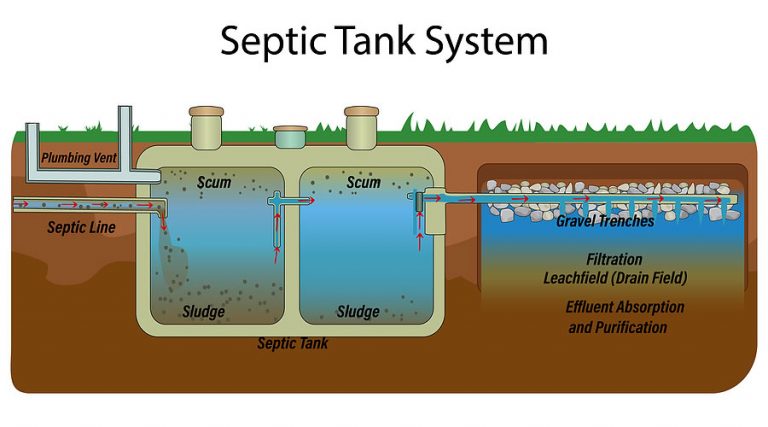
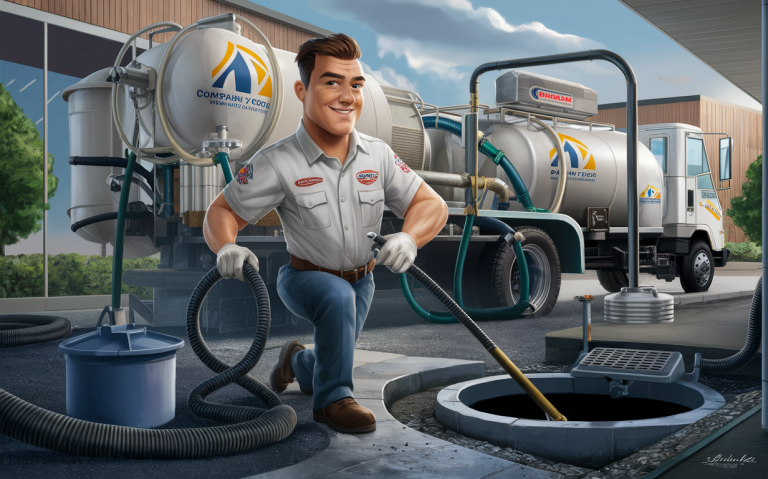
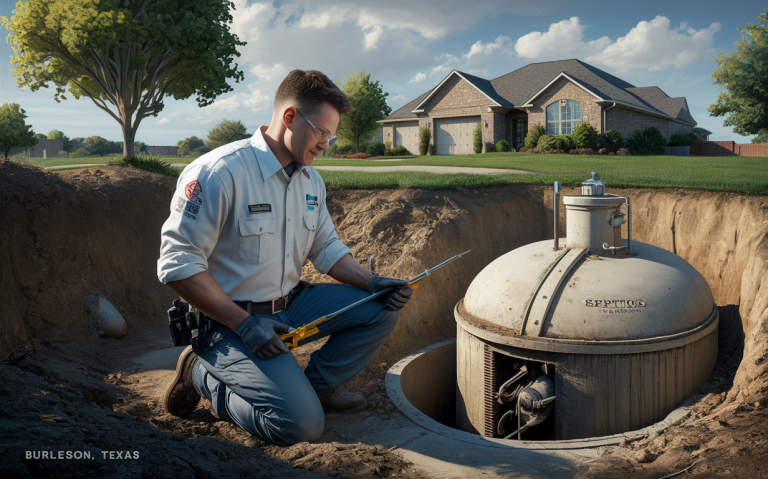
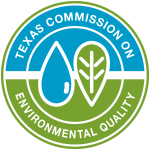 Texway Wastewater Services is a septic, wastewater, and excavation company based out of Burleson, Texas and serving the surrounding areas. We specialize in
Texway Wastewater Services is a septic, wastewater, and excavation company based out of Burleson, Texas and serving the surrounding areas. We specialize in